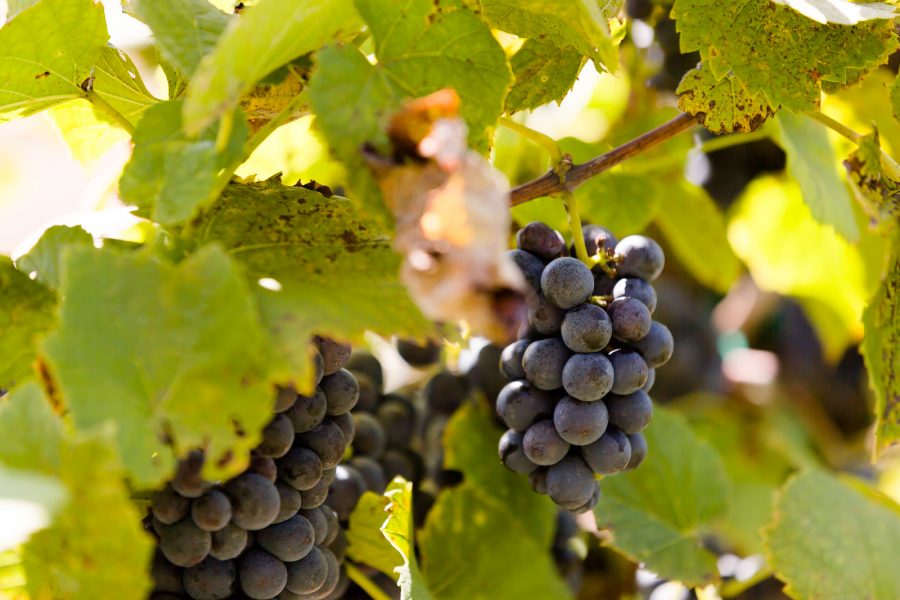Sweet on Wine: Everything You Want to Know about Residual Sugar

When most of us think about sugar, we envision decadent chocolates, tantalizing treats, and the natural sugars in our favorite summertime fruits. Did you know that many of your favorite wines contain sugar as well? Even wines that aren’t sweet contain what’s known as residual sugar. But what exactly is residual sugar, and how much of it is in your most beloved bottle of bubbly? Find out the answers to those questions and more below!
What is Residual Sugar?
Residual sugar, or RS, is exactly what it sounds like – natural grape sugars that are leftover from the fermentation process. The juice that results from crushed wine grapes starts out incredibly sweet, but the sweetness evens out during fermentation (We’ll get to that in a moment!). Higher levels of RS equate to sweeter wines – think full-bodied dessert wines, Sauternes, and Rieslings.
Where Does Residual Sugar Come From?
Dust off your chemistry book – it’s time to see how residual sugar is made! Fructose and glucose, two types of sugar, occur naturally within grapes. During winemaking, yeast will begin feasting on the sugars and converting them into alcohol and bubbly carbon dioxide gas. If all the sugars are consumed, the result is a dry wine. Sometimes, though, not all the sugar is fermented, which will result in some residual sweetness.
Can Winemakers Control the Fermentation Process?
Fermentation can end for a few reasons. It can end naturally after the yeast consumes all the sugar, creating – you guessed it – a dry wine. Winemakers can also decide to end fermentation early if they wish to create sweeter wines. To do this, they can lower the temperature in the tank to retain the desired sweetness or add sulfur dioxide to halt yeast in its tracks.
Another reason why winemakers may cut off fermentation early: residual sugar can help wines age well. Leave the bottle for a decade or more, and you can have an exciting, full-bodied beverage to savor!
How Much Residual Sugar is in Wine?
It depends! RS is measured in grams per liter and determining the amount present in your favorite vino takes a little bit of math. As an example, a wine with 10 grams per liter of residual sugar has 1% sweetness, or a total of about 1.8 carbohydrates a serving. RS levels vary in different types of wine. Dry wines have the least amount of residual sugar (about 10g/L) while dessert wines have the most (45g/L).
Don’t worry about looking at the label – you won’t find the residual sugar listed there. If you’re worried about getting too much sugar in your diet, we suggest sticking with drier wines and saving the sweeter wines for special occasions.
The bottom line: Residual sugar is a crucial element that helps balance out a wine’s acidity and tannin levels. Think about that the next time you sip a delicious Port alongside a platter of summer’s finest fruits!
Want to start challenging your wine palette? You can order our finest wines and see which ones become your new favorites! Order yours today by visiting our website or make a reservation at the Grapevine Grill and enjoy a glass with a delightful farm-to-fork meal.


+ There are no comments
Add yours